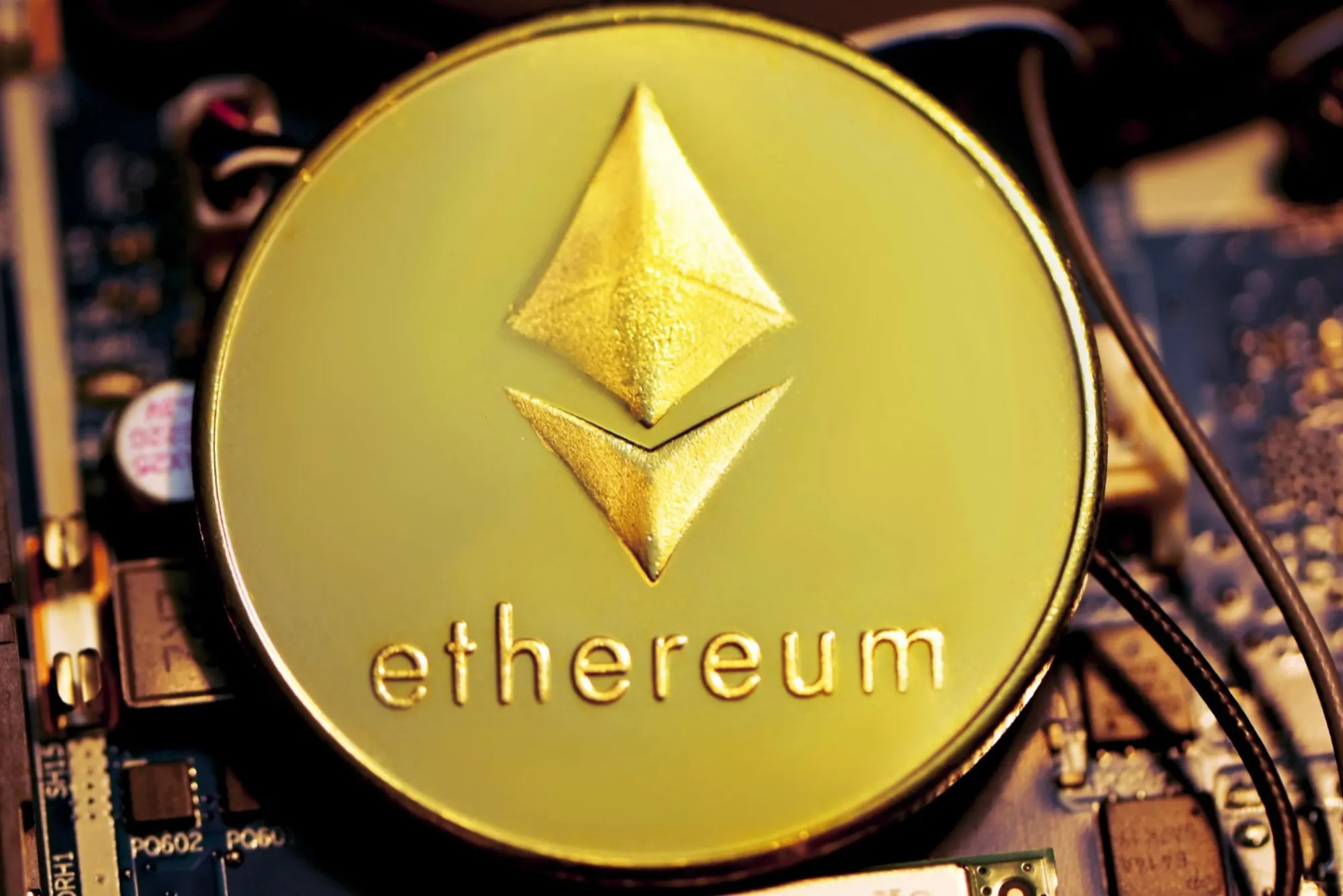Cryptocurrencies have revolutionized the way we perceive and conduct financial transactions, introducing decentralized and secure systems powered by blockchain technology. One crucial aspect of cryptocurrency transactions is gas, a concept integral to ensuring the smooth functioning of blockchain networks. In this guide, we delve into what gas is, its role in cryptocurrency transactions, and its significance in the world of cryptocurrency trading classes.
Gas in Cryptocurrency Transactions
Gas represents the computational effort required to execute operations or transactions on a blockchain network. In essence, it serves as the fuel that powers smart contracts and decentralized applications (DApps) running on blockchain platforms. Gas is used to incentivize miners or validators to include transactions in blocks and execute smart contracts.
How Gas WorksGas is calculated based on the complexity and computational resources required to execute a particular operation or transaction. Factors such as network congestion, transaction size, and computational complexity influence the amount of gas needed. Gas fees are paid by users to compensate miners for validating and executing transactions. These fees help maintain the security and efficiency of the blockchain network.
Gas in Ethereum Network
Gas is a fundamental concept within the Ethereum network, playing a pivotal role in facilitating transactions and executing smart contracts. In Ethereum, gas represents the computational effort required to perform operations on the blockchain. Each operation, whether it involves transferring tokens, interacting with smart contracts, or deploying new contracts, consumes a specific amount of gas.
Determining Gas UsageThe amount of gas consumed by an operation is determined by its computational complexity. For example, simple operations like token transfers require less gas compared to complex smart contract interactions that involve multiple computations and data storage. The Ethereum Virtual Machine (EVM) assigns a predefined gas cost to each operation, ensuring that the network resources are utilized efficiently.
Gas Limit and Gas PriceWhen initiating a transaction or executing a smart contract, users specify two crucial parameters: gas limit and gas price. The gas limit represents the maximum amount of gas a user is willing to expend for a transaction or contract execution. It serves as a safeguard against infinite loops or excessive gas consumption, protecting users from unintended high fees.
On the other hand, the gas price indicates the fee per unit of gas that a user is willing to pay to miners for processing their transaction. Miners prioritize transactions with higher gas prices, as they offer greater incentives for block inclusion. Consequently, users must strike a balance between setting a reasonable gas price to ensure timely transaction processing and avoiding excessive fees.
Smart Contract ExecutionSmart contracts, which are self-executing contracts with predefined conditions written in code, rely on gas to execute their operations. Each function call or state change within a smart contract consumes gas, with more complex operations requiring higher gas costs. As a result, developers must carefully optimize their smart contracts to minimize gas usage and enhance efficiency.
Gas Optimization StrategiesTo optimize gas usage in the Ethereum network, developers and users employ various strategies. These include code optimization to reduce computational complexity, utilizing gas-efficient data structures and algorithms, and batching transactions to minimize overhead. Additionally, advancements such as Ethereum’s transition to Ethereum 2.0 with a proof-of-stake consensus mechanism aim to improve scalability and reduce gas costs.
Impact on Decentralized Finance (DeFi) and DApp DevelopmentGas fees have a significant impact on decentralized finance (DeFi) applications and decentralized applications (DApps) built on the Ethereum network. High gas fees can hinder user adoption and limit the scalability of these applications. Therefore, developers continuously explore innovative solutions such as layer 2 scaling solutions and Ethereum Improvement Proposals (EIPs) to address gas inefficiencies and enhance user experience.
Importance of Gas in Cryptocurrency Trading Classes

Gas concepts are essential for individuals participating gas in cryptocurrency trading classes. Understanding gas allows traders to make informed decisions regarding transaction fees and optimize their trading strategies. By grasping gas dynamics, traders can manage costs effectively, enhancing their overall trading performance and profitability.
Strategies to Optimize Gas Usage
Gas optimization is crucial for individuals participating in cryptocurrency trading classes, as it directly impacts transaction costs and trading profitability. By implementing effective strategies to minimize gas usage, traders can enhance their overall trading experience and maximize returns. Here are some strategies to optimize gas usage:
Transaction BatchingBatching multiple transactions into a single transaction can significantly reduce gas costs. Instead of executing individual transactions, traders can combine multiple trades or token transfers into a single batch transaction, thereby reducing the overall gas consumption per operation. This strategy is particularly beneficial for traders executing multiple trades simultaneously, such as arbitrage opportunities or portfolio rebalancing.
Gas Estimators and ToolsUtilizing gas estimators and tools can help traders predict gas fees accurately before executing transactions. Gas estimation tools provide real-time estimates of gas costs based on current network conditions, allowing traders to adjust gas prices and optimize transaction fees accordingly. By leveraging these tools, traders can make informed decisions and avoid overpaying for gas, maximizing their trading profits in cryptocurrency trading classes.
Gas Optimization TechniquesOptimizing smart contracts and transaction parameters can significantly reduce gas usage. Developers can employ gas-efficient coding practices, such as minimizing redundant computations, optimizing data storage, and utilizing gas-efficient data structures. Additionally, optimizing transaction parameters such as gas limit and gas price based on transaction requirements can help minimize gas costs while ensuring timely transaction processing.
Layer 2 Scaling SolutionsLayer 2 scaling solutions, such as rollups and sidechains, aim to alleviate Ethereum’s scalability limitations and reduce gas fees. By offloading transactions and computations to layer 2 networks, traders can benefit from lower transaction costs and faster transaction throughput. Integrating layer 2 scaling solutions into trading platforms and decentralized exchanges (DEXs) can enhance user experience and facilitate cost-effective trading in cryptocurrency trading classes.

Long-term Gas Optimization StrategiesLong-term solutions, such as Ethereum’s transition to Ethereum 2.0 with a proof-of-stake consensus mechanism, hold the potential to address gas inefficiencies and reduce transaction costs significantly. Traders should stay informed about upcoming protocol upgrades and improvements that could impact gas usage and transaction fees. By adapting to evolving blockchain technologies and protocols, traders can position themselves for long-term success in cryptocurrency trading classes.
Challenges and Future of Gas in Cryptocurrency
While gas plays a vital role in ensuring the efficiency and security of blockchain networks, challenges such as network congestion and high gas fees persist. However, ongoing developments and innovations in blockchain technology offer promising solutions to address these challenges. As the cryptocurrency ecosystem evolves, gas will continue to play a crucial role in facilitating seamless transactions and powering decentralized applications.
gas is a fundamental concept in cryptocurrency transactions, shaping the dynamics of blockchain networks and influencing trading strategies. By understanding gas fundamentals and implementing optimization strategies, traders can navigate the cryptocurrency landscape more effectively, maximizing their trading outcomes in cryptocurrency trading classes.










